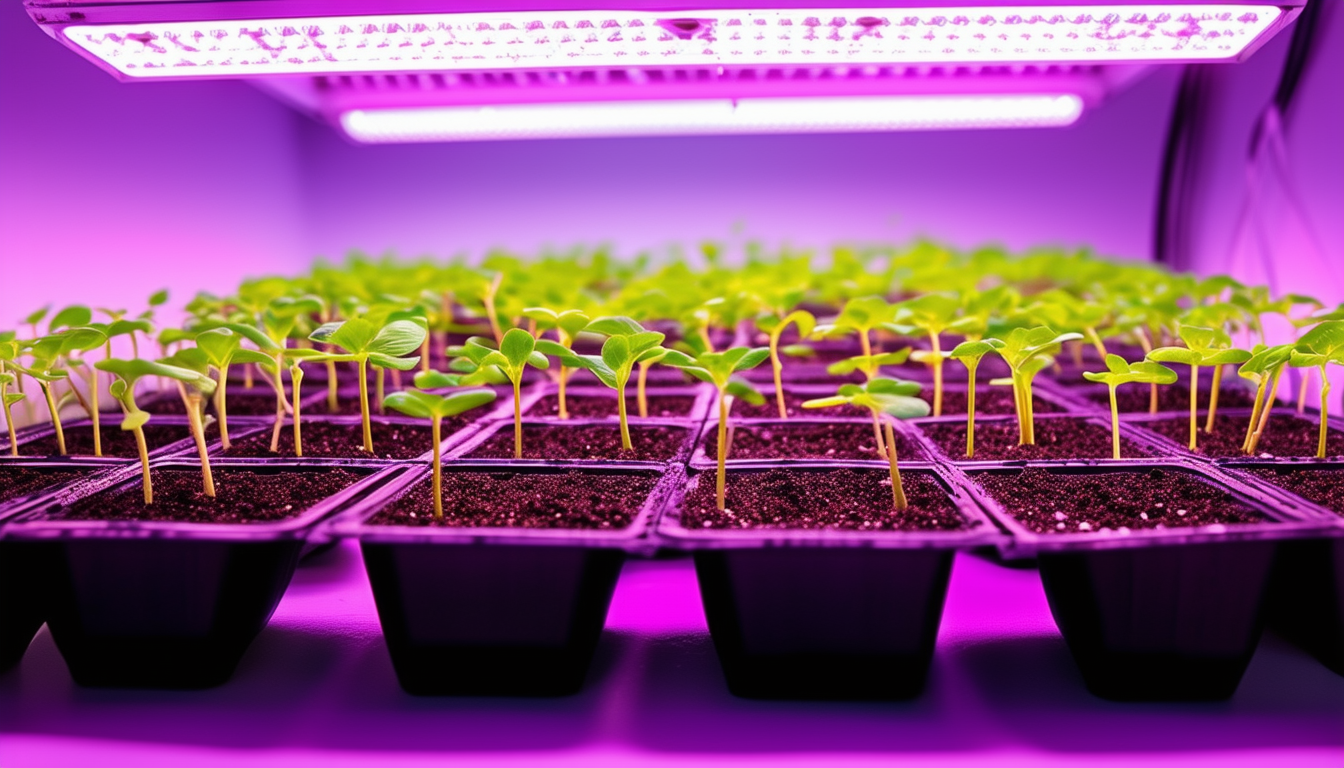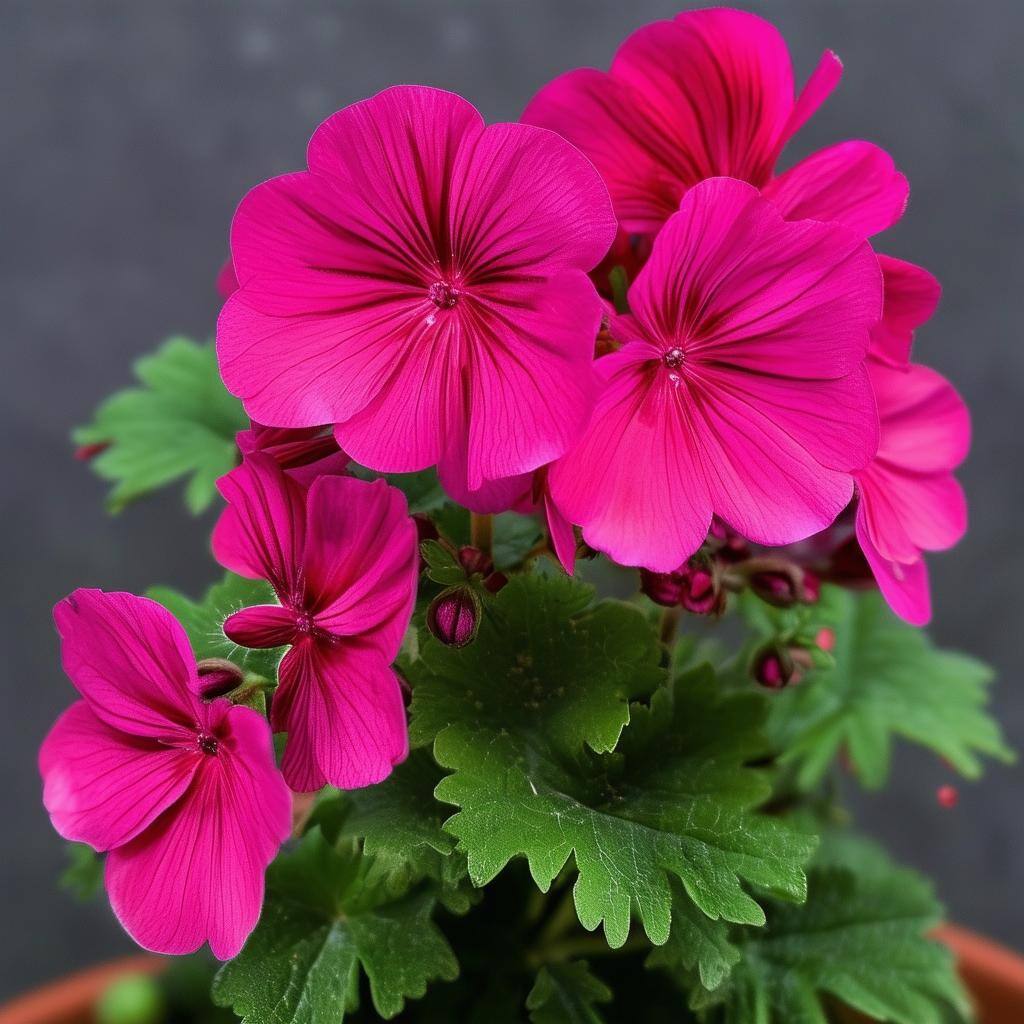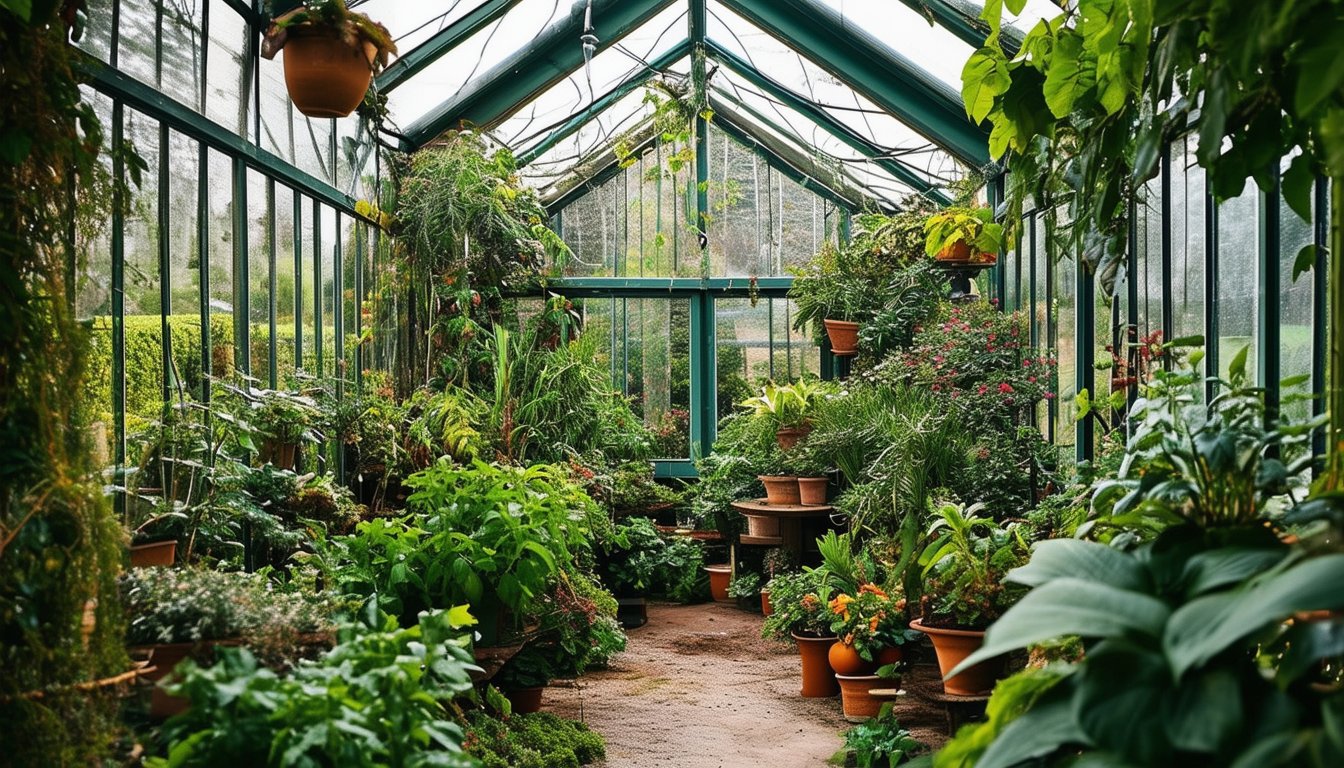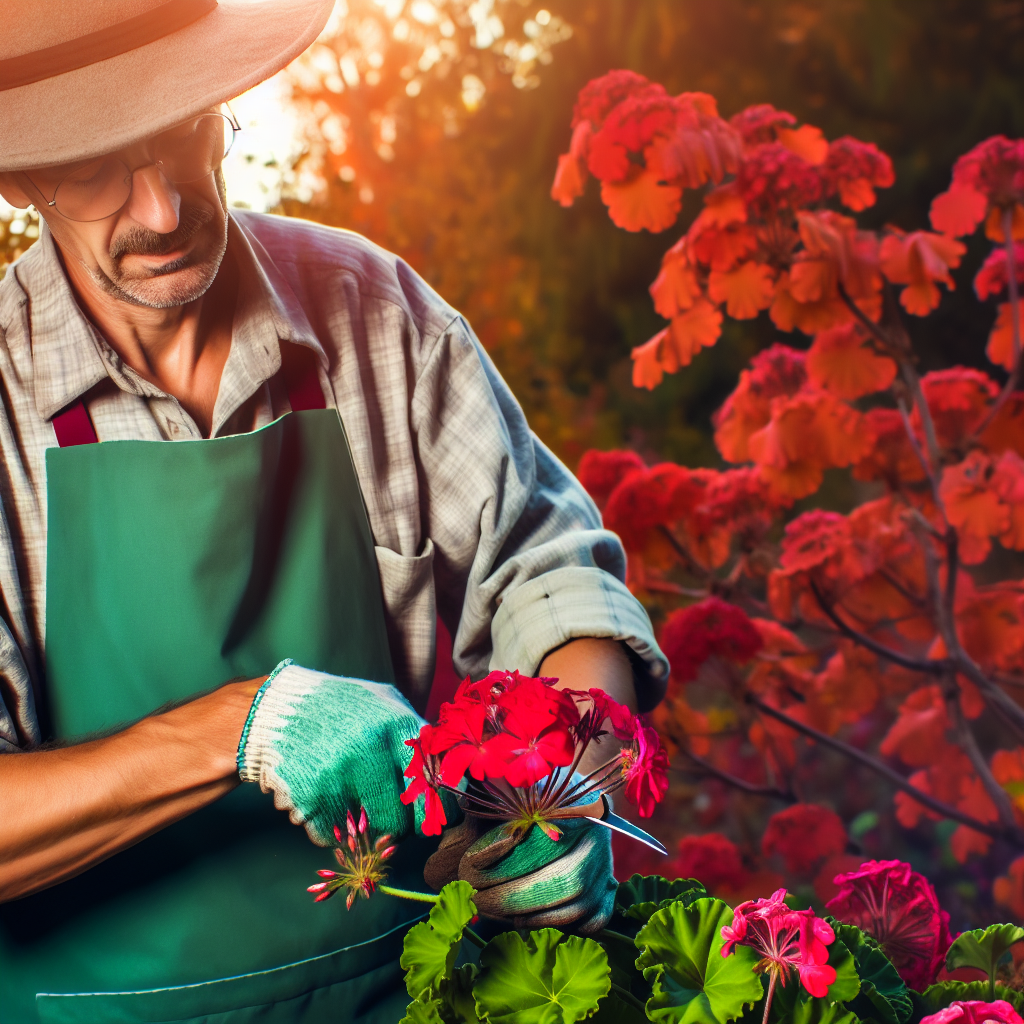
Kickstart your spring garden with these proven indoor germination techniques that ensure a bountiful harvest.
Why sow your seeds indoors as opposed to outdoor?
Starting your seeds indoors can offer many advantages over direct outdoor sowing. Indoor germination allows you to control the environment, providing optimal conditions for seedling growth. This can result in stronger, healthier plants that are more likely to thrive when transplanted outdoors.
Additionally, indoor germination can extend your growing season. By starting seeds indoors weeks before the last frost date, you give your plants a head start, ensuring they have ample time to mature and produce a bountiful harvest.
Choosing the Right Seeds for Indoor Germination
Selecting the right seeds is crucial for successful indoor germination. Opt for seeds that have a high germination rate and are well-suited for indoor starting. Vegetables like tomatoes, peppers, and herbs such as basil and parsley are excellent choices.
Consider the growth requirements and timelines of each plant type. Some seeds may need more time to germinate and grow before being transplanted, so planning your seed starting schedule accordingly is essential.
Setting Up Your Indoor Germination Station
Creating an effective indoor germination station involves several key components. You'll need seed trays or pots, a quality seed-starting mix, and adequate lighting. Position your germination station in a warm spot, ideally with a consistent temperature between 65-75°F.
Invest in grow lights if natural light is insufficient. Proper lighting is crucial for preventing leggy seedlings and ensuring robust growth. A heating mat can also be beneficial in maintaining the ideal soil temperature for germination.
Optimal Conditions for Seed Germination
Seeds require specific conditions to germinate successfully. Consistent moisture is vital; keep the soil evenly moist but not waterlogged. Using a spray bottle to mist the soil can help maintain the right moisture level without disturbing the seeds.
Proper air circulation is also essential to prevent mold growth. Ensure your germination station is well-ventilated, but avoid placing it in drafty areas where temperature fluctuations could hinder seedling development.
Caring for Seedlings Before Transplanting
Once your seeds have germinated, caring for the seedlings properly is crucial for their development. Thin out weaker seedlings to give the stronger ones more room to grow. Gradually acclimate your seedlings to outdoor conditions through a process called hardening off.
Begin by placing the seedlings outside for a few hours each day, gradually increasing their exposure to sunlight and outdoor conditions. This process helps prevent transplant shock and prepares your plants for their permanent home in the garden.
Common Mistakes to Avoid During Indoor Germination
Avoiding common mistakes can significantly improve your success rate with indoor germination. Overwatering is a frequent issue; remember that while seeds need moisture, too much water can lead to rot. Monitor soil moisture levels regularly and adjust as needed.
Another mistake is inadequate lighting. Insufficient light can cause seedlings to become leggy and weak. Ensure your plants receive enough light by positioning them near a sunny window or using grow lights.
10 best vegetable seed varieties for indoor germination
Certain vegetable varieties are particularly well-suited for indoor germination. Here are ten of the best: tomatoes, peppers, lettuce, spinach, kale, broccoli, cabbage, eggplant, cucumbers, and herbs like basil and parsley.
These varieties are not only easy to start indoors but also thrive well when transplanted, making them ideal choices for a thriving spring garden.
How to germinate seeds quickly indoors?
Speeding up germination indoors involves several techniques. Pre-soaking seeds in water for 24 hours before planting can help soften the seed coat and promote faster germination.
Utilizing a heating mat to maintain a consistent soil temperature of around 70-75°F can also accelerate the germination process. Ensuring adequate moisture and proper lighting further supports rapid seedling development.
How long do seeds take to germinate indoors?
The germination time for seeds varies depending on the plant species. Generally, most vegetable seeds will germinate within 7-14 days under optimal conditions.
Factors such as temperature, moisture, and seed variety play significant roles in the germination timeline. Always refer to seed packets for specific information regarding the expected germination period for each type.
Can you put seeds straight into soil indoors?
Yes, you can sow seeds directly into soil indoors. Using a quality seed-starting mix, plant the seeds at the depth recommended on the seed packet. Keep the soil moist and provide adequate light for successful germination.
Is it better to germinate seeds in soil or paper towel? Both methods have their advantages: soil offers a more natural environment, while paper towels allow you to monitor germination progress easily. Experiment with both to see which works best for you.
How do you trick seeds to germinate? Techniques like pre-soaking, scarification (scratching the seed coat), and stratification (chilling seeds) can help break dormancy and encourage germination.
What is the hardest seed to germinate? Seeds with hard coats or specific dormancy requirements, such as certain perennials and trees, can be challenging. Researching the needs of each seed type can improve success rates.
Do seeds germinate faster in light or dark? Most seeds germinate best in the dark, but some, like lettuce, require light. Always check seed packet instructions for specific requirements.
How to accelerate seed germination? Maintaining optimal soil temperature, consistent moisture, and proper light can speed up germination. Pre-soaking and using a heating mat are also effective techniques.
How can I make my seeds germinate faster at home? Ensuring a warm, moist environment with adequate light is key. Using pre-soaking techniques and heating mats can also enhance germination speed.
What happens on day 7 of seed germination? By day 7, many seeds will have sprouted, showing tiny roots and shoots. Continue providing optimal conditions to support their growth into healthy seedlings.



